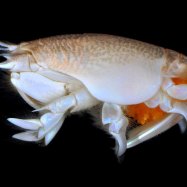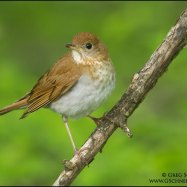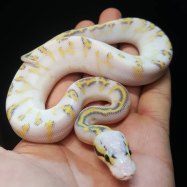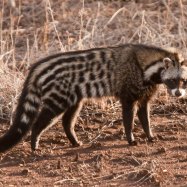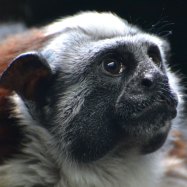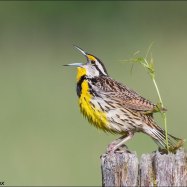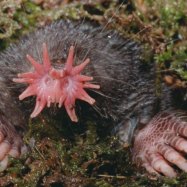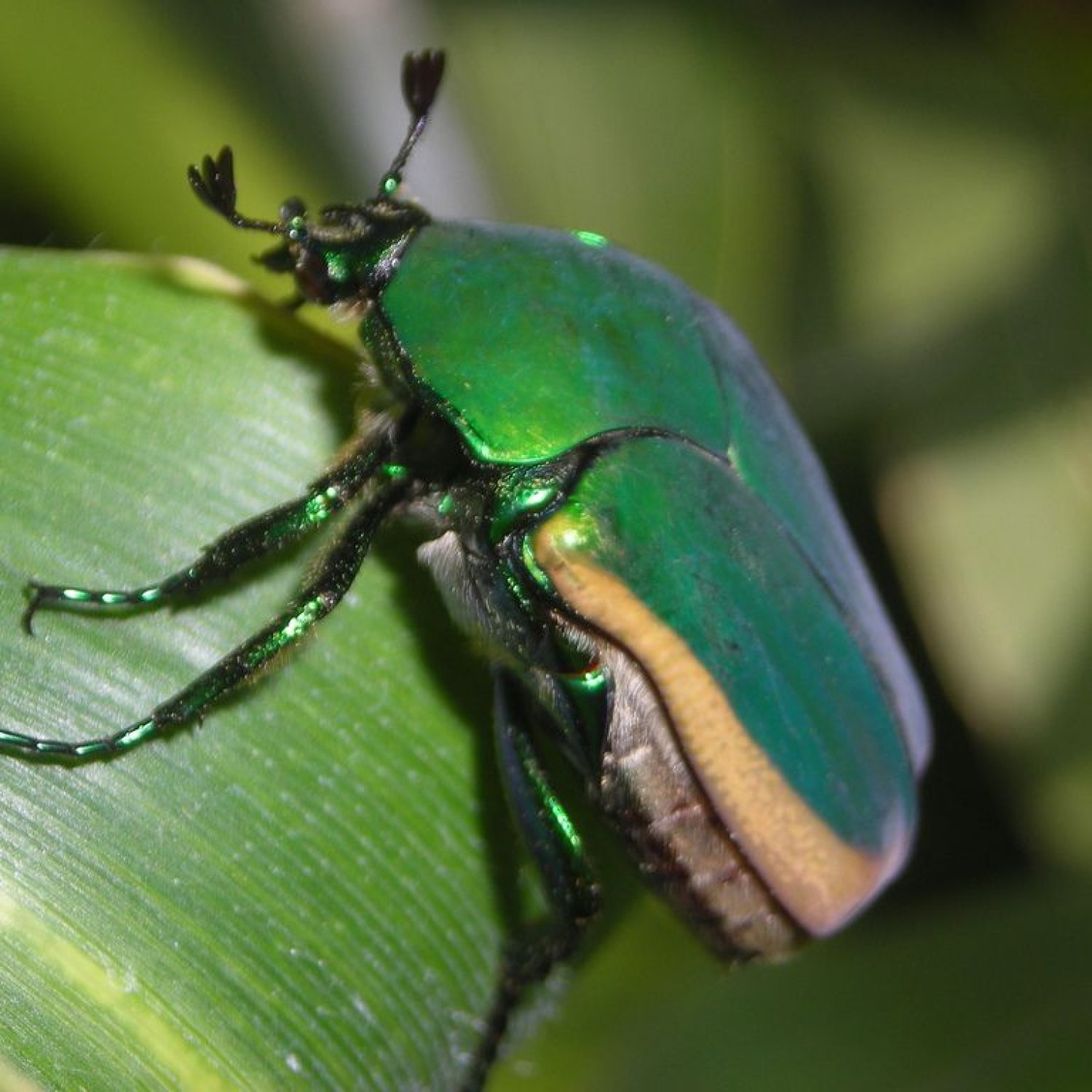
Figeater Beetle
1.25 - 2 inches
Looking for a fascinatingly colorful insect? Keep an eye out for the Figeater Beetle! These beetles, ranging from 1.25-2 inches in length, can be found in Arizona, California, Nevada, New Mexico, and Texas. Belonging to the Scarabaeidae family, their oval and compact body shape makes them stand out. Keep your camera ready for these beautiful creatures on your next visit to the Southwest! #FigeaterBeetle #ColorfulInsects #SouthwestWildlife
Animal Details Summary:
Common Name: Figeater Beetle
Kingdom: Animalia
Habitat: Deciduous forest, woodland edges, suburban gardens
The Extraordinary Figeater Beetle: A Jewel of the Southwestern United States
Have you ever come across a jewel-toned beetle roaming your garden or resting on a tree branch? Chances are, it might have been a Figeater Beetle, scientifically known as Cotinis mutabilis. This stunning insect, native to the southwestern United States and Mexico, is a true gem of the insect world. With its shimmering metallic green or greenish-gold coloration and compact oval body, the Figeater Beetle is hard to miss. Let's dive into the fascinating world of this fascinating creature and explore its unique features, behavior, and habitat Figeater Beetle.The Taxonomy of the Figeater Beetle
Belonging to the Animalia Kingdom, the Figeater Beetle falls under the Arthropoda Phylum and the Insecta Class. It is also a member of the Coleoptera Order, which is the largest order in the animal kingdom, consisting of over 40% of all known insect species. The Figeater Beetle is a part of the Scarabaeidae Family, which is the largest family in the Coleoptera Order, with over 30,000 described species.The Habitat of the Figeater Beetle
The Figeater Beetle thrives in a variety of habitats, including deciduous forests, woodland edges, and suburban gardens. They prefer areas with moist soils, as the larvae live and develop underground. In the southwestern United States, they are commonly found in Arizona, California, Nevada, New Mexico, and Texas. They are also occasionally spotted in nearby states, such as Oklahoma and Colorado. Their wide distribution is also due to their adaptability to different climates, as they can survive in both warm and cool temperatures.Distinctive Physical Features of the Figeater Beetle
The Figeater Beetle is easily distinguishable from other beetles due to its striking coloration Florida Gar. Its entire body, including the wings, is covered in a metallic green or greenish-gold hue, giving it a shiny and iridescent appearance. This coloration is caused by microscopic pits in their exoskeleton, which reflects light and gives off a metallic sheen.In addition to its colorful exterior, the Figeater Beetle has a compact, oval-shaped body that can measure between 1.25 to 2 inches in length. Its body is slightly flattened and smooth, with a hardened exoskeleton for protection. They have six legs, two antennae, and two wings, which are used for flying and displaying their beautiful colors during mating season.
Feeding Behavior of the Figeater Beetle
Like many other insects, the Figeater Beetle is omnivorous, meaning it feeds on both plant and animal matter. As adults, they primarily feed on fruit, sap, and nectar from flowers. They are especially attracted to ripe or decaying fruit, making them a valuable pollinator for fruit trees. Adult Figeater Beetles are also known to feed on leaves, but they do not cause significant damage to plants.As larvae, Figeater Beetles live and feed underground. They are known as white grubs and are a common pest in lawns and gardens. They feed on plant roots and can cause damage to turf, leading to dead patches in lawns. However, they also play an essential role in maintaining soil health by breaking down organic matter.
The Mating Habits of the Figeater Beetle
The Figeater Beetle is notorious for its loud buzzing sound, which is produced by the male during mating season. The males use their wings to create a buzzing noise, which can be heard from a considerable distance. This buzzing is a way of attracting female Figeater Beetles for mating.Once the male has attracted a female, they engage in a unique mating behavior known as "ball rolling." The male will form a ball of dung or soil and roll it along the ground, with the female following closely behind. This behavior helps the male to stay in contact with the female and prevent other males from interfering.
The Life Cycle of the Figeater Beetle
The life cycle of a Figeater Beetle from egg to adult can take anywhere from nine months to a year. The female Figeater Beetle will lay eggs underground, typically in damp soil near decaying organic matter. The eggs hatch into white grubs, which feed on plant roots for the next several months.As the larvae grow, they will go through three instars, molting their exoskeletons during each stage. Once they reach their final instar, the larvae will form a pupa and undergo metamorphosis into their adult form. The adult Figeater Beetle will emerge from the pupa, and the cycle repeats itself.
Threats and Conservation Status
The Figeater Beetle is not considered an endangered species, as they have a large population and a wide distribution. However, they do face some threats, including habitat destruction and pesticide use.Pesticides, particularly those used in agriculture, can be harmful to the Figeater Beetle, as it can impact their food sources and kill them directly. Additionally, urban development and deforestation can threaten their natural habitats, pushing them to seek shelter and food in gardens and lawns, where they may come into contact with pesticides.
Conclusion
In conclusion, the Figeater Beetle is a fascinating and beautiful creature that plays a crucial role in maintaining healthy ecosystems. From its jewel-toned coloration and unique mating habits to its important role as a pollinator and soil decomposer, this beetle is truly a gem of the insect world. So the next time you see a buzzing green beetle in your garden, take a moment to appreciate the wonder of the Figeater Beetle.

Figeater Beetle
Animal Details Figeater Beetle - Scientific Name: Cotinis mutabilis
- Category: Animals F
- Scientific Name: Cotinis mutabilis
- Common Name: Figeater Beetle
- Kingdom: Animalia
- Phylum: Arthropoda
- Class: Insecta
- Order: Coleoptera
- Family: Scarabaeidae
- Habitat: Deciduous forest, woodland edges, suburban gardens
- Feeding Method: Omnivorous
- Geographical Distribution: Southwestern United States and Mexico
- Country of Origin: United States
- Location: Arizona, California, Nevada, New Mexico, Texas
- Animal Coloration: Metallic green or greenish-gold
- Body Shape: Oval and compact
- Length: 1.25 - 2 inches
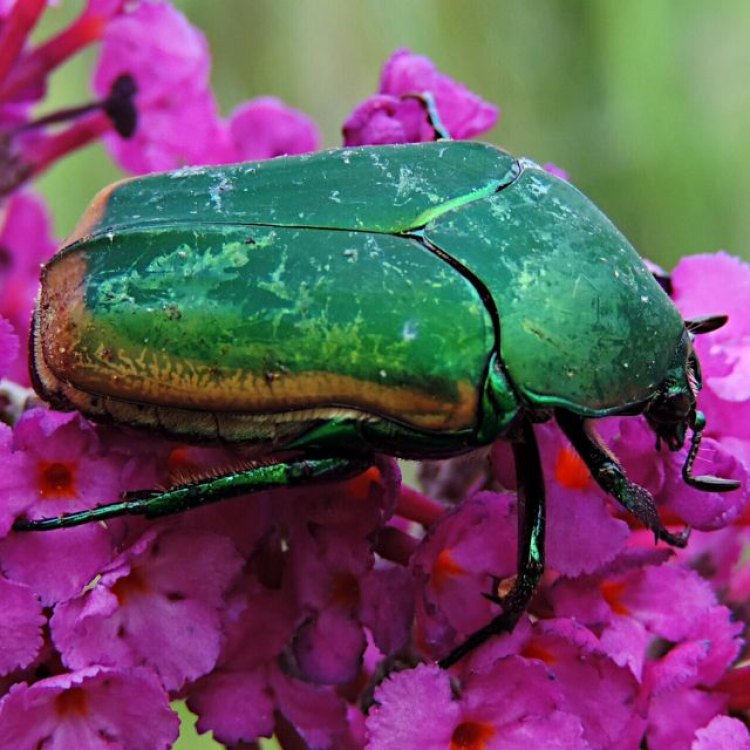
Figeater Beetle
- Adult Size: Medium-sized
- Average Lifespan: 1 - 2 years
- Reproduction: Sexual
- Reproductive Behavior: Mating takes place on tree branches
- Sound or Call: Produces buzzing sound
- Migration Pattern: Non-migratory
- Social Groups: Solitary
- Behavior: Active during the day
- Threats: Habitat loss, pesticide use
- Conservation Status: Not Evaluated
- Impact on Ecosystem: Plant pollination and decomposition
- Human Use: Occasionally collected for food in Mexico
- Distinctive Features: Metallic coloration, large size
- Interesting Facts: Figeater beetles are attracted to ripe and overripe fruit
- Predator: Birds, mammals, reptiles, and other insects
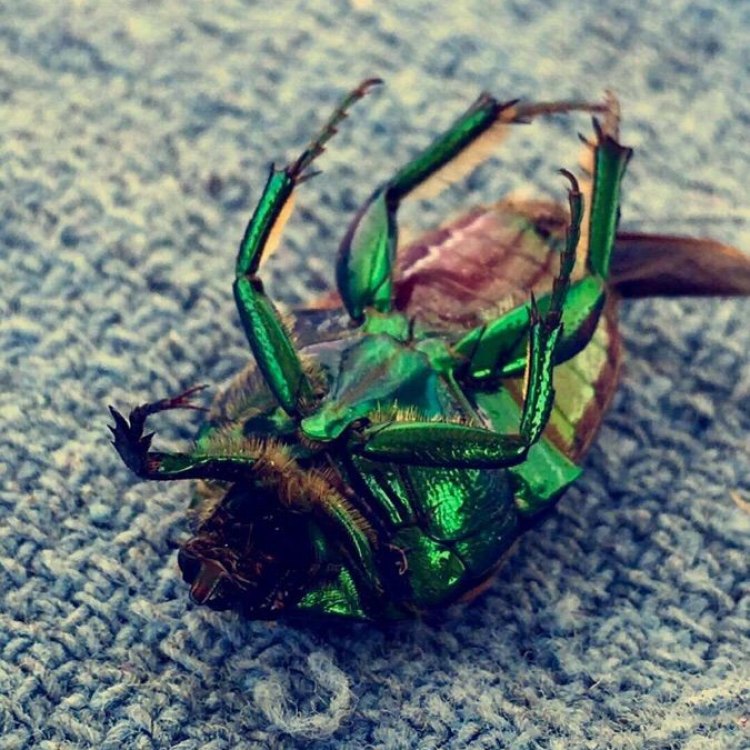
Cotinis mutabilis
The Mysterious Figeater Beetle: A Unique Creature with a Metallic Shine
Have you ever come across a beetle with a striking metallic green or bronze color, about the size of a quarter? Chances are, you have encountered a figeater beetle (Cotinis mutabilis) – a medium-sized insect with a captivating appearance and interesting behaviors. This native beetle of North and Central America has caught the attention of many for its unique features and mysterious ways. In this article, we will dive into the world of the figeater beetle, exploring its characteristics, behavior, impact on the ecosystem, and human use.Size and Lifespan
The figeater beetle is a medium-sized insect, typically measuring around 1-1 PeaceOfAnimals.Com.5 inches in length. Females are slightly larger than males, with a noticeable difference in the size of their mandibles. Interestingly, this beetle species can live up to 1-2 years – a lifespan longer than most other beetles. This extended lifespan allows them to have a significant presence in their ecosystem and fulfill their crucial roles.
Reproduction and Behavior
Like most insects, figeater beetles also reproduce sexually. Males and females come together for mating during the summer months, usually on tree branches. They are diurnal creatures, meaning they are active during the day and rest at night. During the day, you may see them flying or resting on tree branches, while at night, they often rest under leaves or logs.
One unique behavior of figeater beetles is their buzzing sound Fluke Fish. Males produce a distinct buzzing sound by rubbing their wing covers together, which is often perceived as a call to attract females. This sound can be quite loud and can even be heard from a distance.
Migration and Social Groups
Unlike many other insects, figeater beetles do not have a specific migration pattern. They are considered non-migratory and tend to stay in their local area throughout their lifespan. These beetles are typically solitary creatures, although they may congregate in larger numbers during mating or when attracted to food sources.
Physical Characteristics
The metallic coloration of figeater beetles is one of their most distinctive characteristics. Their shells have a shiny green or bronze hue, created by microscopic scales that reflect light. This coloration makes them stand out among other insects and adds to their overall mysteriousness. Additionally, their large size, buzzing sound, and active behavior during the day make them quite noticeable and intriguing creatures.
Threats and Conservation Status
Figeater beetles currently hold a conservation status of "Not Evaluated" by the International Union for Conservation of Nature (IUCN). However, their population is declining due to various threats, including habitat loss and pesticide use. These beetles require specific plant species for their food and habitat, and any changes or destruction to their environment can significantly impact their survival. Pesticide use also poses a threat to figeater beetles, as they can come into contact with these chemicals while feeding or resting on plants.
Impact on Ecosystem
The figeater beetle is an essential member of its ecosystem, with a significant impact on its plant and animal communities. As adults, they primarily feed on ripe and overripe fruit, making them crucial for plant pollination and seed dispersal. They also play a vital role in nutrient cycling and decomposition by consuming decaying organic matter. Their presence and activities contribute to the overall health and balance of their ecosystem.
Human Use
In some parts of Mexico, figeater beetles are occasionally collected for food. In their larval stage, they are known as "cucarrón" and are considered a delicacy. There are even festivals dedicated to the consumption of these edible insects. However, their consumption is not widespread and is limited to certain regions and cultures.
Interesting Facts
Apart from their unique physical features and behaviors, figeater beetles have some interesting facts that add to their mystique. These beetles are attracted to ripe and overripe fruit and are often found in orchards or near fruit-bearing trees. Interestingly, they are not attracted to unripe fruit, unlike other fruit-eating insects. This preference for overripe fruit is thought to be due to the increased sugar content, which results in better food quality for the beetles.
Moreover, figeater beetles have some natural predators, including birds, mammals, reptiles, and other insects. These predators play a crucial role in keeping their population in check and maintaining a healthy balance in the ecosystem.
Final Thoughts
The figeater beetle may seem like an ordinary insect at first glance, but it is far from it. From its striking metallic coloration to its unique behaviors, this medium-sized beetle has captured the attention of many. Its presence and contributions to the ecosystem make it an essential and fascinating creature. However, like many other insects, figeater beetles face numerous threats and require conservation efforts to ensure their survival in the long run. Next time you come across one of these mysterious beetles, take a moment to appreciate their beauty and the significant role they play in our world.

The Extraordinary Figeater Beetle: A Jewel of the Southwestern United States
Disclaimer: The content provided is for informational purposes only. We cannot guarantee the accuracy of the information on this page 100%. All information provided here may change without prior notice.


